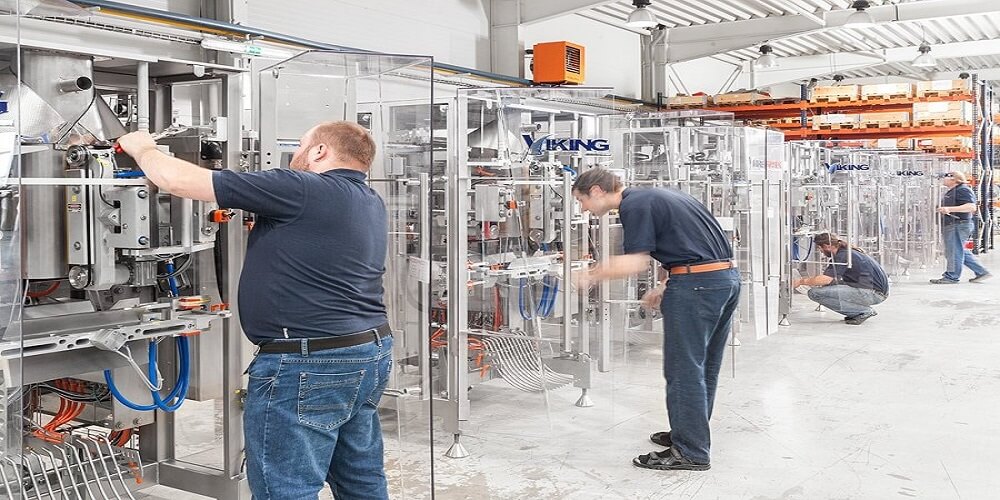In modern days, cement packaging is usually done by a cement bagging machine. This machine is also known as the Cement packing machine and performs the primary function of transferring cement into bags.
Generally, cement is packaged in sacks and bags. These sacks and bags can either be Plastics or paper. They are made from layers upon layers of highly durable materials.
Most times, manufacturers cover the surfaces of the bags with plastic films to ensure that moisture cannot pass through them. In some cases, manufacturers choose woven and non-woven plastic bags for bagging cement.
Benefits of Cement Packaging
Packaging cement helps to ensure that the content (cement) is protected from moisture and other external weather conditions. It enhances shelf visibility and drives profit margin in favor of the manufacturers.
Normally, moisture hardens the cement and when it is hardened, it becomes difficult for contractors to make use of it. In extreme cases, it becomes unfit for consumption.
Hence, a good amount of cement is wasted as it passes through the supply chain. With the introduction of various cement packaging procedures, this loss has been curtailed to a large extent.
Another advantage of packaging cement is that it reduces unauthorized duplication and counterfeiting. The industry is filled with scammers who hide under the umbrella of reputable companies.
But with the introduction of packaging and branding, consumers can easily differentiate between true and false companies. Genuine manufacturers now include complex branding impressions on the surfaces of their bags and sacks. As expected, this factor helps to catapult the distribution of cement in the global packaging market.
More recently, there is a noticeable switch by manufacturers from traditional plastic bags to the use of paper bags. Paper bags last longer and certainly preserve their contents better.
Not only does it last longer, but it also provides more aesthetic value and it’s easier for manufacturers to print on them. Paper bags are lined with multiple layers of PE to ensure that they remain waterproof.
Factors That Influence the Demand of Packaged Cement
Globally according to geographical analysis, the demand for cement packaging is higher in developing countries. This is due to the increase in the amount of infrastructural developments in such countries.
New projects in every sector of the economy have caused a substantial increase in the demand for cement and other construction materials. New cement plants are being established and the old ones renovated.
Segmentation of the Cement Packaging Market
In the industry, cement packaging is grouped according to the material used in production, and capacity.
According to the type of materials used in production, the cement packaging market is grouped as follows
- Plastic
- Paper
- Polypropylene (PP)
- High-density Polyethylene (HDPE)
According to capacity, the cement packaging market is grouped as follows
- 5Kg
- 5-15 Kg
- 15-30 Kg
- 30 Kg and above
According to product type, the market is segmented as follows
- Valve Sacks
- Sewn Open Mouth
- Open Mouth Sacks
- Pinched Bottom Open Mouth
Conclusion
In conclusion, buying packaged cement is more beneficial than buying cement in bulk. Cement packaging makes it easier for manufacturers and consumers to transport and preserve cement.

